Who Invented the Weed Grinder? 🌿 The Untold Story Behind Your Favorite Tool

Ever wondered who came up with the genius idea of the herb grinder? You know, that little device that's become as essential as rolling papers themselves? 🤔 Well, buckle up because the story behind who invented the weed grinder is way more fascinating than you'd think!
From ancient stone tools to today's sleek weed grinders, this essential tool has a wild 120-year history filled with innovation, cultural shifts, and pure genius. Let's dive deep into the complete story that most articles barely scratch the surface of!
📋 Table of Contents
🏺 The Ancient Origins: Before Modern Grinders Existed
Before we get to who invented the weed grinder as we know it, let's rewind way back - like, really far back! 🕰️
Stone Age Herb Preparation 🪨
Archaeological evidence reveals that humans have been grinding herbs for over 45,000 years! During the Upper Paleolithic period, our ancestors used stone tools to crush medicinal plants. These weren't fancy - just two rocks doing what needed to be done.
Ancient Grinding Methods
Different cultures developed their own techniques:
- Mortar & Pestle - The OG grinder! Used across ancient Egypt, China, India, and Mesoamerica for crushing herbs, spices, and medicinal plants
- Stone Querns - Large flat stones with a circular grinding motion, popular in ancient Europe
- Hand Shredding - Simply tearing herbs apart with fingers (we've all been there when we forgot our grinder! 😅)
- Knife Chopping - Using blades on wooden boards to mince herbs finely
Why Ancient Methods Were... Not Great 🤷
Let's be real - these old-school methods had issues:
- Time-consuming and labor-intensive
- Inconsistent results (some chunks, some powder)
- Sticky residue all over your hands and tools
- Loss of precious material (it would stick everywhere!)
- Required serious elbow grease
This is exactly why the invention of the modern herb grinder was such a game-changer! 💪
🎯 The Official Inventors: Meet Wingfield & Balding
Alright, here's the moment you've been waiting for - who actually invented the weed grinder? 🥁
The Aussie Innovators Down Under 🇦🇺
The modern herb grinder was invented by two brilliant Australians: William Henry Wingfield and John Balding. These guys were from Boort, a small town in Victoria, Australia - not exactly where you'd expect revolutionary inventions to come from!
What Inspired Their Invention? 💡
Here's what most articles don't tell you: Wingfield and Balding weren't actually thinking about herb consumption at all. Their main goal was to improve the preparation of herbs for various purposes. They noticed that existing methods were messy, wasteful, and inconsistent.
They asked themselves: "What if there was a better way?" And boy, did they deliver! 🔥
The Dynamic Duo's Background 📚
While historical records are limited (hey, it was 1905!), we know these inventors were ahead of their time. They understood mechanical engineering and saw an opportunity to revolutionize herb preparation through simple but clever design.
📜 The Revolutionary 1905 Patent That Changed Everything
On the fateful day in 1905, Wingfield and Balding filed for U.S. Patent No. 795,746. This wasn't just any patent - it was the blueprint that would influence weed grinders for the next 120+ years! 🎉
What Made Their Design So Brilliant? ⚙️
The 1905 patent introduced several revolutionary concepts:
Key Innovations
- Rotating Teeth Design - Interlocking teeth that shredded material efficiently
- Two-Piece Construction - Simple top and bottom sections that worked in harmony
- Circular Motion Mechanism - Twist action that required minimal effort
- Gravity-Assisted Collection - Ground material fell through holes naturally
- Portable Size - Compact enough to carry, unlike mortar and pestle sets
The Original Design vs. Modern Grinders 🔄
Crazy fact: If you compared the 1905 grinder to a basic two-piece grinder today, you'd see they're remarkably similar! The core concept has stood the test of time because it just works. ✨
However, the original design lacked:
- A bottom collection chamber (material just fell onto surfaces)
- Kief catching screens
- Magnetic closures
- Premium materials like aircraft-grade aluminum
⏳ The Forgotten Years: Why Grinders Nearly Disappeared (1910-1950)
Here's a part of the story most blogs skip entirely: after their initial success, herb grinders almost became extinct! 😱
What Happened? 📉
Several factors contributed to the grinder's decline:
The Pre-Ground Revolution
Companies started selling pre-ground herbs and products, making grinders seem unnecessary. Why grind yourself when you could buy it ready-made? This convenience culture nearly killed the grinder market.
Manufacturing Challenges
Early 20th-century manufacturing couldn't produce grinders at scale cheaply. They remained relatively expensive specialty items rather than everyday tools.
Cultural Shifts
The practical use of herb grinders declined as commercial products dominated the market. For decades, grinders collected dust in attics and antique shops.
World War II's Unexpected Impact 🌍
Interestingly, WWII brought grinders back into focus. Resource scarcity meant people returned to preparing their own herbs and materials. This laid the groundwork for the grinder's comeback!
✌️ The 1960s Revival: Peace, Love & Grinders
The 1960s changed everything - and I mean EVERYTHING - for custom weed grinders! 🌸
The Counterculture Explosion 🎸
The hippie movement wasn't just about music and fashion - it completely transformed how people thought about natural herbs and personal preparation.
Why the '60s Were Perfect for Grinders
- DIY Culture - People wanted control over their experience
- Quality Consciousness - Freshly ground was better than pre-ground
- Community Sharing - Grinders became social tools at gatherings
- Artistic Expression - Grinders got decorated with peace signs, psychedelic art, and personal touches
Design Evolution in the '60s & '70s 🎨
This era saw grinders become more than just tools - they became statements!
Popular Styles
- Wooden grinders with carved designs
- Brass and copper models with intricate patterns
- Pocket-sized portable versions for festivals
- Hand-painted artistic pieces
Many of these vintage grinders are now collector's items worth serious money! 💰
🌑 The Dark Ages: Legal Challenges & Innovation Slowdown (1970s-2000s)
After the groovy '60s, things got... complicated. 😬
The Legal Landscape Shifts ⚖️
Stricter regulations in many countries created challenges for grinder manufacturers. Many businesses operated in legal gray areas, and innovation slowed to a crawl.
The Underground Era
During this period:
- Grinders were sold as "tobacco accessories" or "spice grinders"
- Quality was inconsistent - lots of cheap plastic and low-grade metal
- Innovation focused on discretion rather than performance
- Many were imported rather than domestically produced
Hidden Innovations 💎
Despite challenges, some innovations emerged:
The Birth of Multi-Chamber Designs
Someone genius (we're not sure who!) figured out that adding a screen could separate fine particles from larger ones. This led to:
- Three-piece grinders with collection chambers
- Four-piece models with separate kief catchers
- Better quality control of ground consistency
🚀 The Modern Renaissance: 21st Century Innovations
Fast forward to the 2000s, and suddenly everything changed - AGAIN! This time, it was a total revolution! 🎊
The Legalization Wave 🌊
As attitudes and laws evolved in various regions, the grinder industry exploded with innovation. We're talking serious technological leaps!
Game-Changing Developments (2010-Present)
Material Science Breakthrough 🔬
- Aircraft-Grade Aluminum - Lightweight yet incredibly durable
- Medical-Grade Stainless Steel - Rust-proof and ultra-clean
- Titanium - The ultimate in durability (but pricey!)
- Ceramic Elements - Non-stick and preserves flavor
- Food-Safe Plastics - Affordable and effective
Engineering Marvels ⚡
- Diamond-Shaped Teeth - More efficient shredding action
- Neodymium Magnets - Ultra-strong lid closure
- Precision Threading - Butter-smooth operation
- Strategic Hole Placement - Optimal particle size consistency
Feature Innovations 🎮
- Clear Viewing Windows - See what you're working with
- Ergonomic Grips - No more hand cramps!
- Modular Designs - Customize your setup
- Easy-Clean Systems - Maintenance made simple
The Electric Revolution ⚡
Then came electric grinders - talk about taking it to the next level! 🎯
Benefits of Electric Models
- Zero effort required (perfect for arthritis sufferers!)
- Consistent results every time
- Fast processing for large amounts
- Adjustable coarseness settings
🔬 Evolution of Materials & Technology
Let's geek out a bit on the materials science behind modern custom printed weed grinders! 🤓
The Material Timeline 📊
1900s-1950s: The Pioneer Era
- Wood - Natural, affordable, but absorbed moisture and odors
- Brass - Durable but heavy and prone to tarnishing
- Basic Metal Alloys - Functional but could rust
1960s-1980s: The Experimentation Phase
- Acrylic - Cheap and colorful but cracked easily
- Plastic - Portable but poor durability
- Aluminum - Lightweight but basic grades
1990s-2000s: Quality Improves
- Anodized Aluminum - Better durability and corrosion resistance
- Stainless Steel - Professional-grade materials enter the market
- Zinc Alloy - Good balance of price and performance
2010s-Present: Premium Materials Era
- CNC-Machined Aluminum - Precision manufacturing
- Medical-Grade Stainless Steel - Absolute highest quality
- Titanium - Ultra-premium option
- Advanced Ceramics - Heat-resistant and flavor-neutral
Why Materials Matter So Much 💡
The material of your grinder affects:
- Durability - How long it lasts
- Grinding Efficiency - How well it processes
- Maintenance - How easy it is to clean
- Taste - Whether it affects flavor (metal shavings = bad!)
- Safety - Food-safe materials vs. potentially toxic ones
✨ The Rise of Custom & Personalized Grinders
One of the coolest modern developments? Custom weed grinders! 🎨
Why Custom Grinders Are Blowing Up 📈
Today's consumers want more than just functionality - they want personality!
Popular Customization Options
- Engraved Designs - Names, logos, artwork etched into the metal
- Custom Colors - Anodized aluminum in any color you can imagine
- Printed Graphics - Full-color designs and photos
- Unique Shapes - Beyond the standard cylinder
- Size Variations - From pocket-sized to "party size"
Uses for Custom Grinders 🎁
- Personal Use - Express your unique style
- Gifts - Perfect for birthdays, holidays, special occasions
- Business Branding - Dispensaries and lounges love branded grinders
- Events - Festival merch and party favors
- Collectibles - Limited edition runs gain value over time
The Quality Difference 💎
Custom doesn't mean cheap! Modern custom printed weed grinders combine personalization with premium quality:
- UV-resistant printing that won't fade
- Laser engraving for permanent designs
- Same high-quality materials as standard grinders
- Professional finishing and craftsmanship
🔥 Ready to Level Up Your Grinder Game?
Why settle for a basic grinder when you can have something truly special? 🎯 Whether you want premium performance, custom designs, or both - we've got exactly what you need!
- ✔️ Premium aircraft-grade aluminum construction
- ✔️ Diamond-shaped teeth for perfect consistency
- ✔️ Fully customizable with your artwork or brand
- ✔️ Multiple chamber options for every need
- ✔️ Magnetic closures that actually stay closed!
📦 Bulk customization available | 🚚 Fast shipping | 🌱 Quality guaranteed
🔮 What's Next? The Future of Herb Grinders
So where are grinders headed? The future looks wild! 🚀
Emerging Technologies 🤖
Smart Grinders
We're talking Bluetooth-connected grinders that track usage, adjust grinding levels automatically, and even sync with apps! 📱
Sustainable Materials
Eco-friendly innovations include:
- Biodegradable plastic alternatives
- Bamboo and sustainable wood sources
- Recycled metal construction
- Carbon-neutral manufacturing processes
Advanced Features Coming Soon
- UV Sterilization - Built-in cleaning systems
- Humidity Control - Keeps herbs at optimal moisture levels
- Precision Sensors - Measures grind consistency in real-time
- Auto-Dispensing - Controlled portion release
Market Trends 📊
The global herb grinder market is projected to grow significantly through 2030, driven by:
- Increased accessibility worldwide
- Growing appreciation for quality tools
- Innovation in materials and design
- Expansion of customization options
❓ Frequently Asked Questions
Who actually invented the weed grinder?
The modern herb grinder was invented by William Henry Wingfield and John Balding from Boort, Victoria, Australia. They filed for a U.S. patent (No. 795,746) in 1905, creating a design that revolutionized how people prepared their herbs. Their invention featured rotating teeth that could efficiently break down plant material, a concept that remains the foundation of grinder design today.
What did people use before grinders were invented?
Before dedicated grinders existed, people relied on various traditional methods including:
- Mortar and pestle - Dating back thousands of years
- Stone grinding tools - Used during the Paleolithic era
- Simple hand-shredding - Tearing material apart manually
- Wooden bowls with crushing sticks
- Basic knife-chopping methods
Archaeological evidence shows herb grinding dates back over 45,000 years!
When did herb grinders become popular?
Herb grinders experienced their first major surge in popularity during the 1960s counterculture movement. However, their popularity declined until the early 2000s when legal changes began occurring. The real explosion happened in the 2010s-2020s with widespread legalization, leading to massive innovation in materials, designs, and features.
What materials are modern grinders made from?
Modern grinders come in various materials:
- Aluminum - Most popular, lightweight, durable
- Stainless Steel - Premium, rust-resistant
- Titanium - Ultra-durable, expensive
- Wood - Aesthetic, traditional feel
- Acrylic/Plastic - Affordable, portable
- Ceramic - Non-stick, preserves flavor
- Zinc Alloy - Budget-friendly metal option
How have grinder designs evolved since 1905?
The evolution is remarkable:
- 1905 - Original single-chamber design by Wingfield and Balding
- 1960s-70s - Basic two-piece models gain popularity
- 1980s-90s - Three-piece grinders with collection chambers
- 2000s - Four-piece designs with kief catchers
- 2010s - Electric and automatic grinders
- 2020s - Smart grinders with precision controls, magnetic closures, and ergonomic features
What makes a high-quality grinder?
A quality grinder features:
- Sharp, well-designed teeth - Diamond-shaped or pyramid teeth work best
- Durable construction - Premium aluminum or stainless steel
- Smooth threading - Easy operation without sticking
- Strong magnet lid - Prevents spills and stays secure
- Proper hole sizing - In the grinding plate for consistency
- Multiple chambers - For versatility
- Easy-to-clean design - Maintenance matters!
Are custom weed grinders worth the investment?
Absolutely! Custom weed grinders offer unique benefits:
- Personalized designs - Reflect your style
- Perfect for gifts - Special occasions and holidays
- Business branding - Great for dispensaries and lounges
- Collectible value - Limited editions can appreciate
- Quality construction - Often use premium materials
They typically last for years, making them a worthwhile investment for enthusiasts who want something unique and functional.
🎯 Final Thoughts: Honoring the Grinder's Legacy
From William Henry Wingfield and John Balding's 1905 patent to today's high-tech smart grinders, the humble herb grinder has come a LONG way! 🌟
What started as a simple mechanical solution to an age-old problem has evolved into a sophisticated tool that combines engineering, materials science, and even smart technology. Whether you're using a basic two-piece or a fully customized four-chamber masterpiece, you're part of a 120-year tradition of innovation.
The story of who invented the weed grinder isn't just about two Australian inventors - it's about human ingenuity, cultural evolution, and the never-ending quest to improve our everyday tools. From ancient mortars to modern custom printed weed grinders, we've come full circle but elevated the concept to new heights!
So next time you twist that grinder, remember - you're using a design that's stood the test of time because it just works. Here's to the inventors, the innovators, and everyone who's contributed to making our herb preparation easier, cleaner, and more efficient! ✌️
Ready to be part of grinder history? Grab yourself a premium grinder that'll last for years to come and maybe even become a collector's item someday! Who knows - the grinder you buy today might be in a museum 100 years from now! 😄


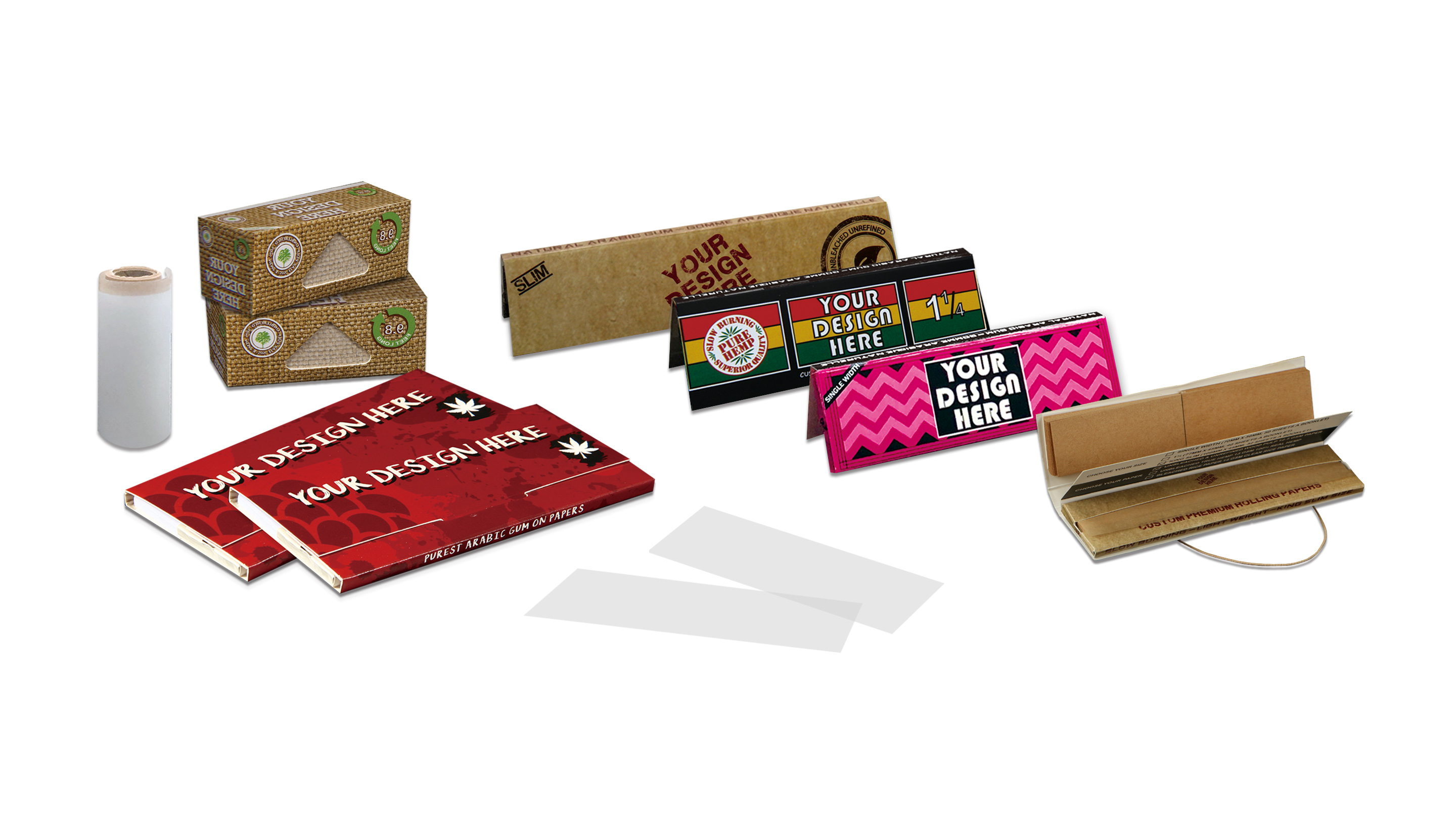
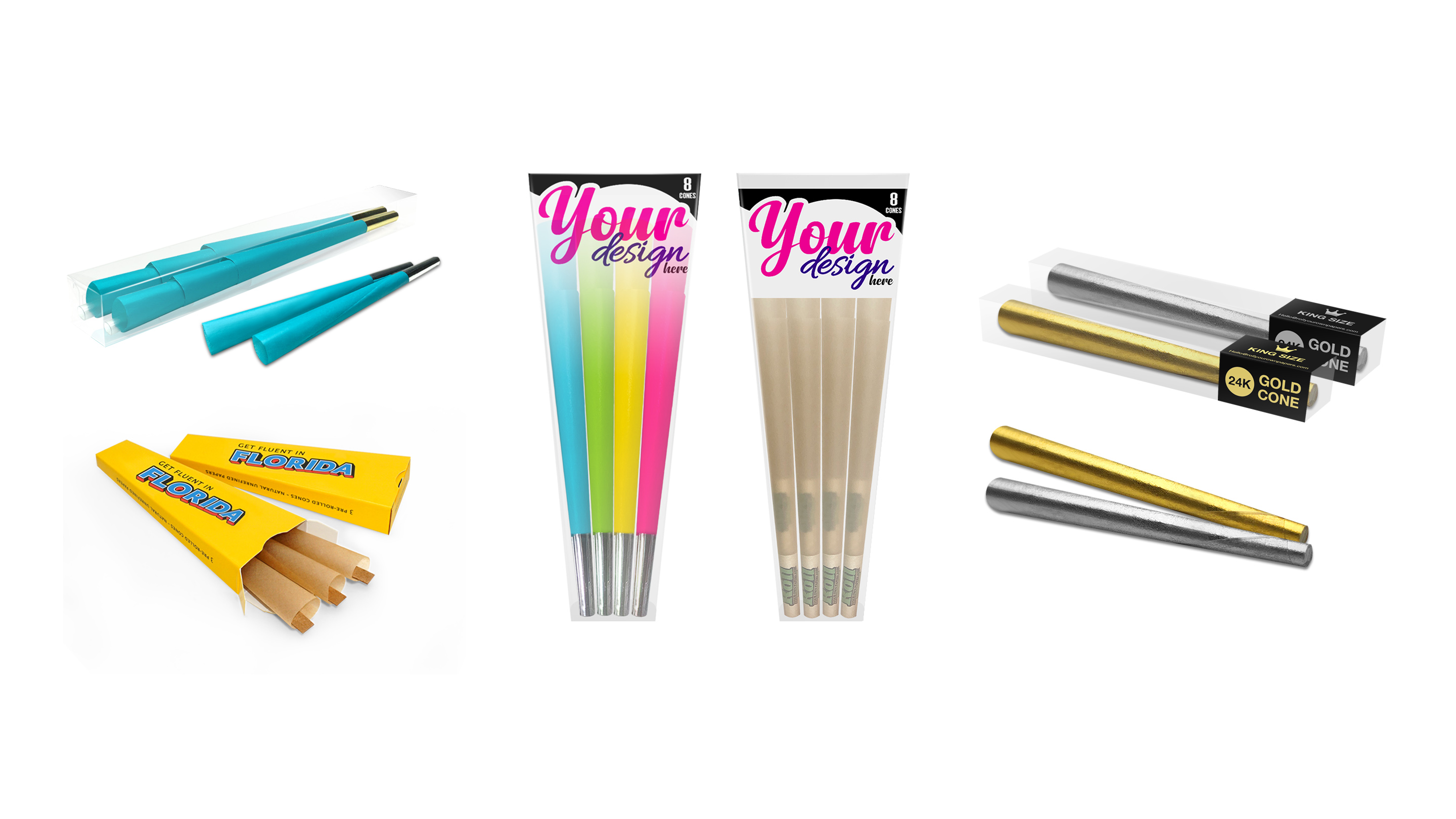
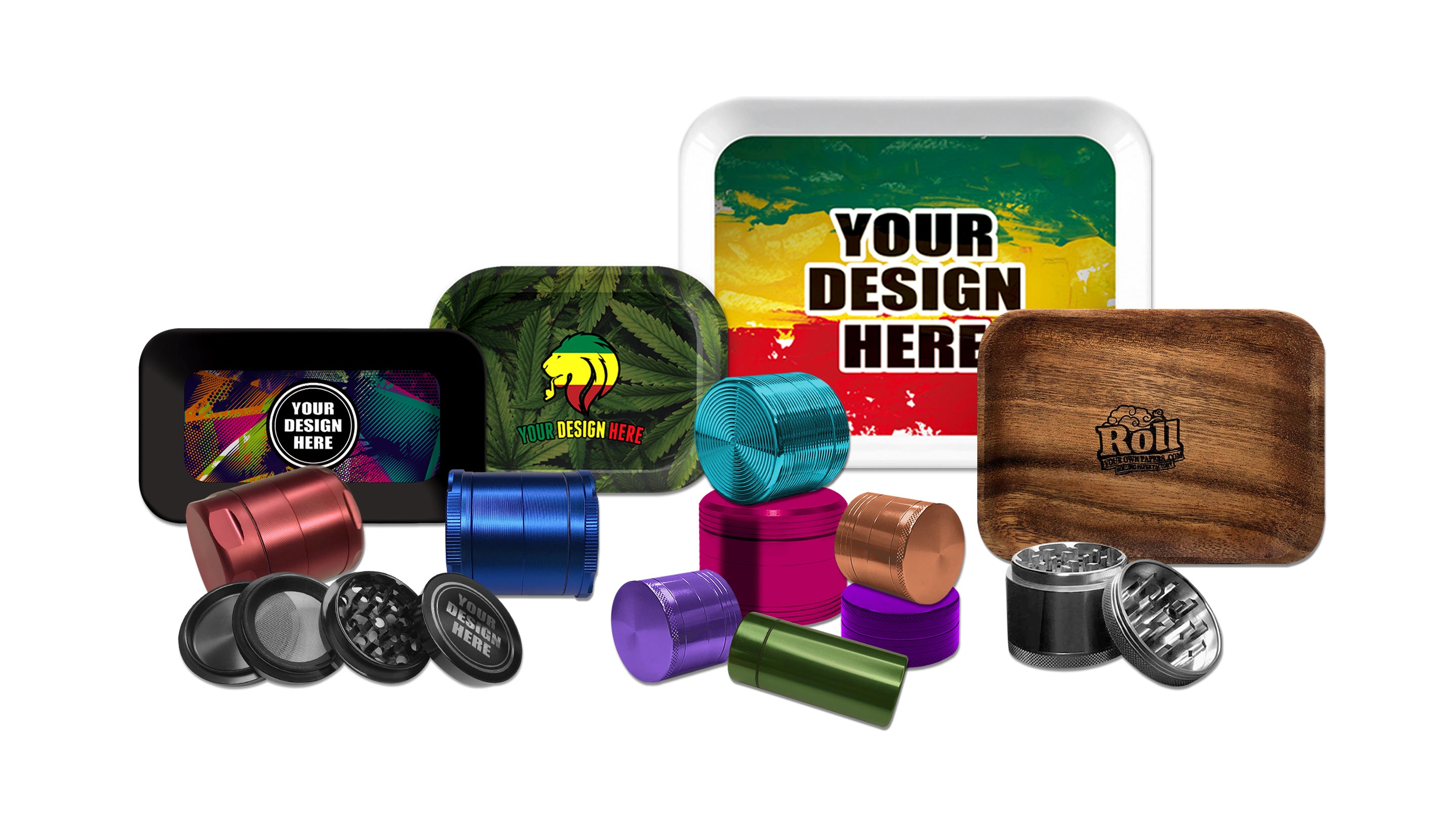
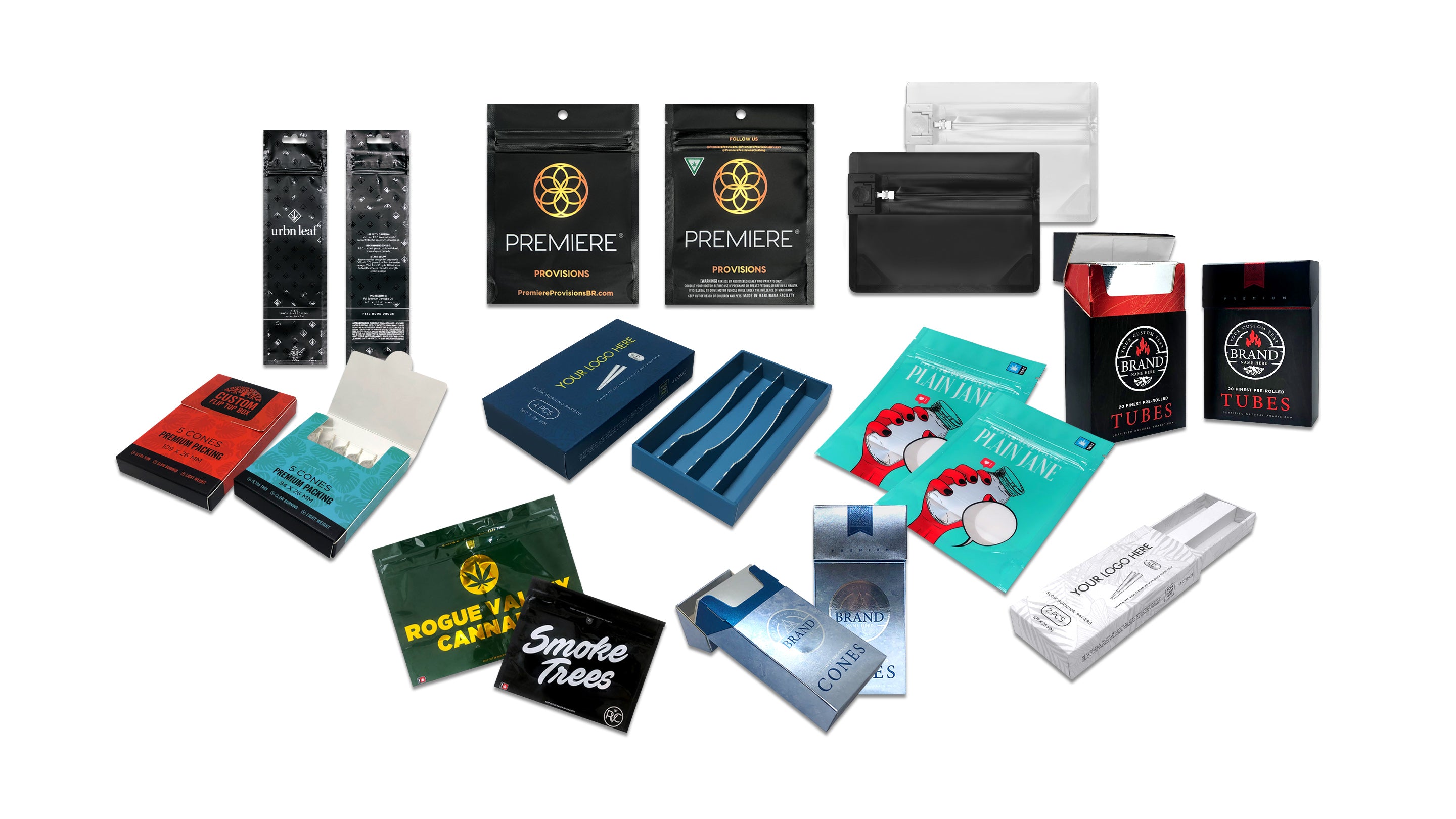



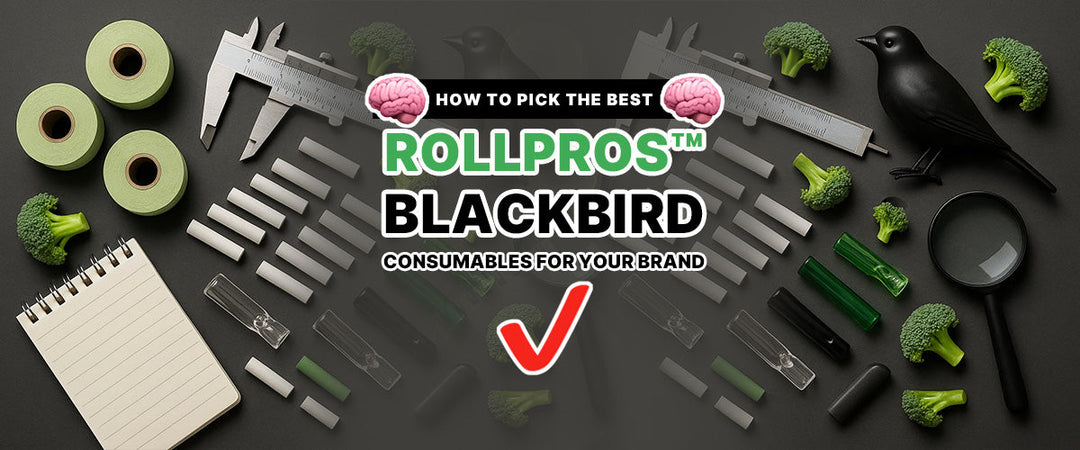




Leave a comment